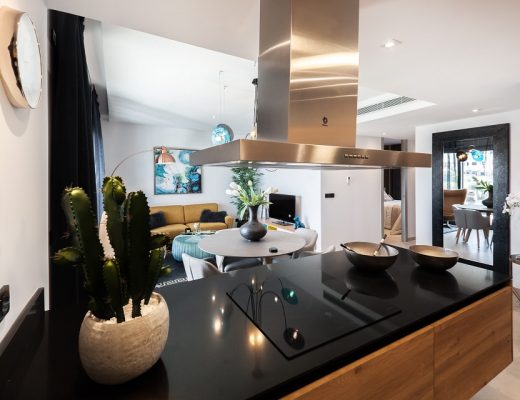So you’ve decided you’re ready to take the plunge into PC-building. It’s a thrilling time, and if you’re successful, it can become a fun (and lucrative) hobby.
But with computer tech always evolving, it’s crucial to understand some basics before you get started. This guide will help you avoid amateur mistakes and time-consuming errors as you build your first PC.
1. Have A Plan
Any project you ever undergo should always start with a plan. Chances are, you’re going to be learning as you go, so this will have to be tweaked. But there are some consistent milestones you can target.
First, set your ultimate objective. What do you want your computer to achieve by the time you’re done with it? Why are you building instead of buying? Is it because you want to learn the process, or because you want a computer that can handle sophisticated work?
Once you have your objective, set a budget with a little cushion. Shop around for computers that do what you want yours to do, and see how much they cost. Your budget should be comparable, not too much more expensive. Otherwise, it makes more sense to buy something already made.
2. Choose Your Processor
You’ve seen computers advertised with Intel processors, and you’ve seen AMD tech specs. One isn’t necessarily better than the other. It depends on what you’re trying to build. You can’t have it both ways, though.
The brand you choose is the most integral part of your system. You’ll build everything else around it, including the motherboard. Keep that in mind if you have any components you’re dead-set on. Check to make sure the processor you want is compatible with those components.
One more thing to look into before you decide whether you’re Team Intel or Team AMD is the price of each part. If you’re on a tight budget, you might want to add up the cost of all the pieces you’ll need to create your system, then choose that way.
3. Prepare Your Work Area Ahead
Building a PC is an elaborate project that will take up a lot of space and require dozens of tools (and patience). If you don’t prepare ahead for most of what you’ll need, you’ll waste lots of time waiting until you can find the right part or tool.
Get your safety gear together. It’s a smart idea to have goggles and a first-aid kit. And if you can avoid working on carpet, that’s the best way to prevent static electricity buildup. This is dangerous to you and can be fatal to your expensive computer parts.
Get Ready To Build
Next, put together a toolkit for your PC building needs. Doing it the right way now will save you time later if you fall in love with the hobby and decide to build more.
Read through the instructions for installing each component. You’ll most likely need a Phillips-head screwdriver, a three-pronged parts receiver, and pliers. If your vision isn’t 20/20, a magnifying glass will be helpful as you’re trying to connect tiny parts.
When you’re ready to get started, don’t go overboard and open everything at once. Keep your components sealed until you’re ready for them.
As it’s time to install the part, open it carefully. Don’t use sharp objects to cut deep into a box. You could bend the structure and destroy its functionality.
4. Stay Organized
With so many pieces, cables, and instruction booklets, it’s easy to lose track of things. Don’t aim for “organized clutter.” Instead, start out with a system of having a place for everything, then keep that process going.
Untangle cords and store them neatly until you need them. Keep all the unused parts of a component in its box rather than pulling them all out at once. Put the instruction manuals back in their homes when you’re done using them before you start another step.
The better organized you are, the less time you’ll spend chasing down parts and instructions.
5. Have Patience
Trying to build a PC without patience will result in one of two things: a lesson learning patience or a destroyed electronic component.
You can’t jam devices to force them to connect. You can’t replace a missing piece with something similar. And you can’t rush the process.
Be gentle with the expensive, sensitive equipment you’re using. Ultimately, this slower pace will speed up the entire project (and teach you a life lesson at the same time).
Conclusion
Building your first PC is an exciting endeavor. You’re about to undertake a journey full of knowledge-building experiences.
Make this time more enjoyable and less stressful by following these five tips. You’ll appreciate the preparation through every step!








No Comments